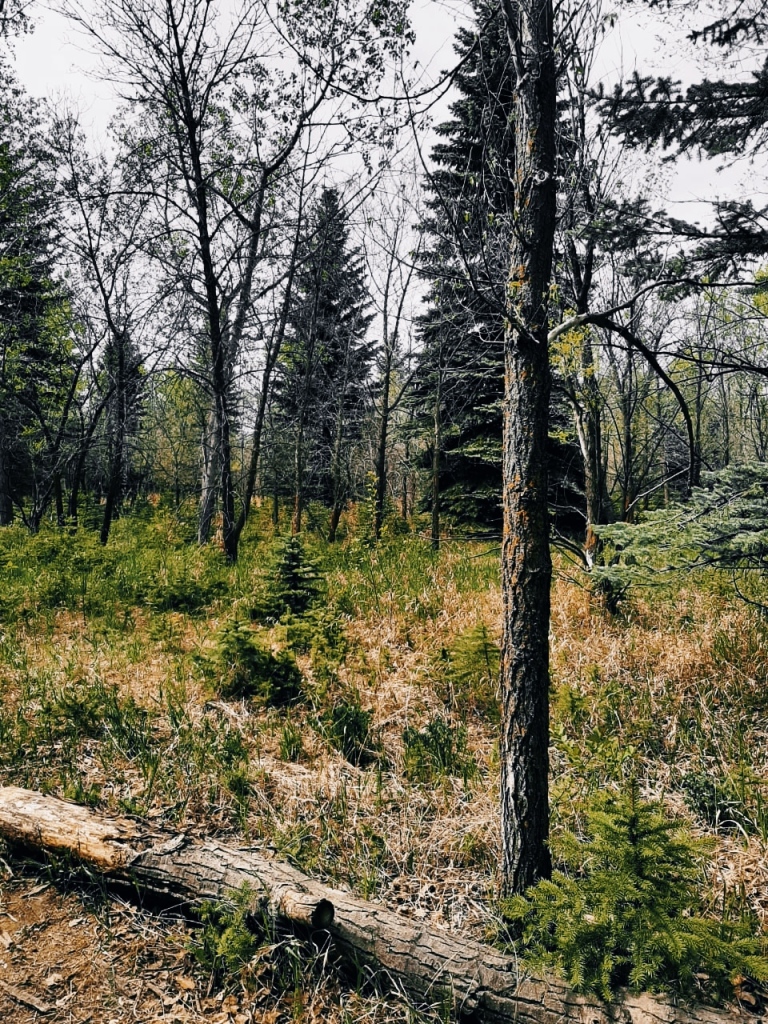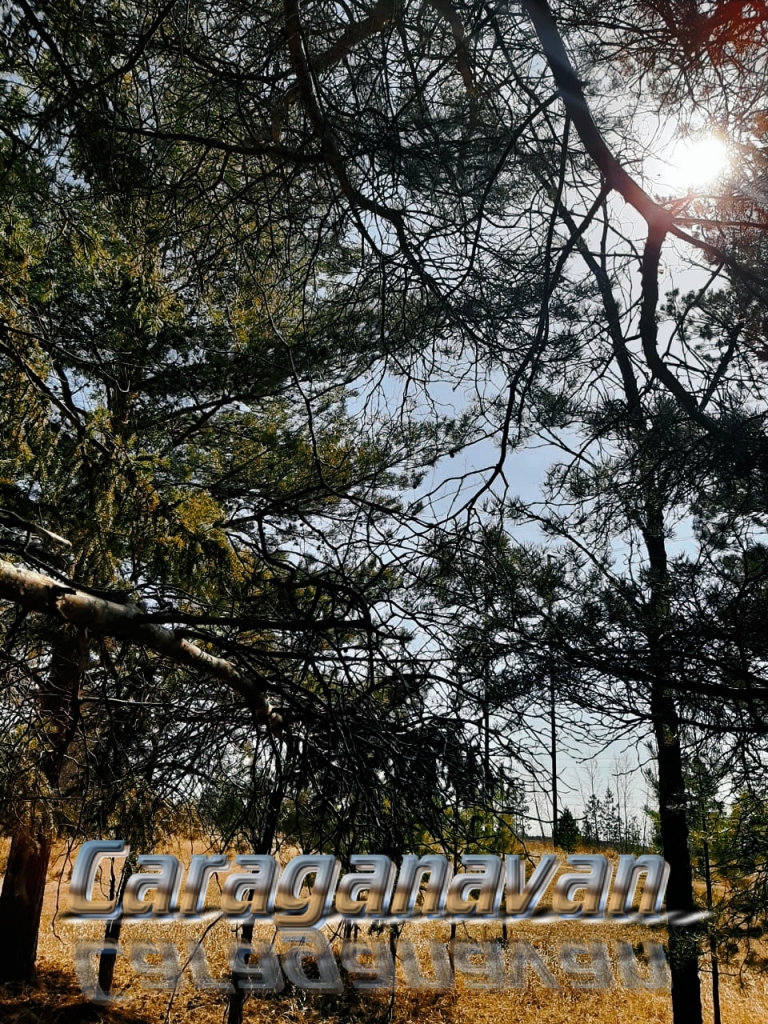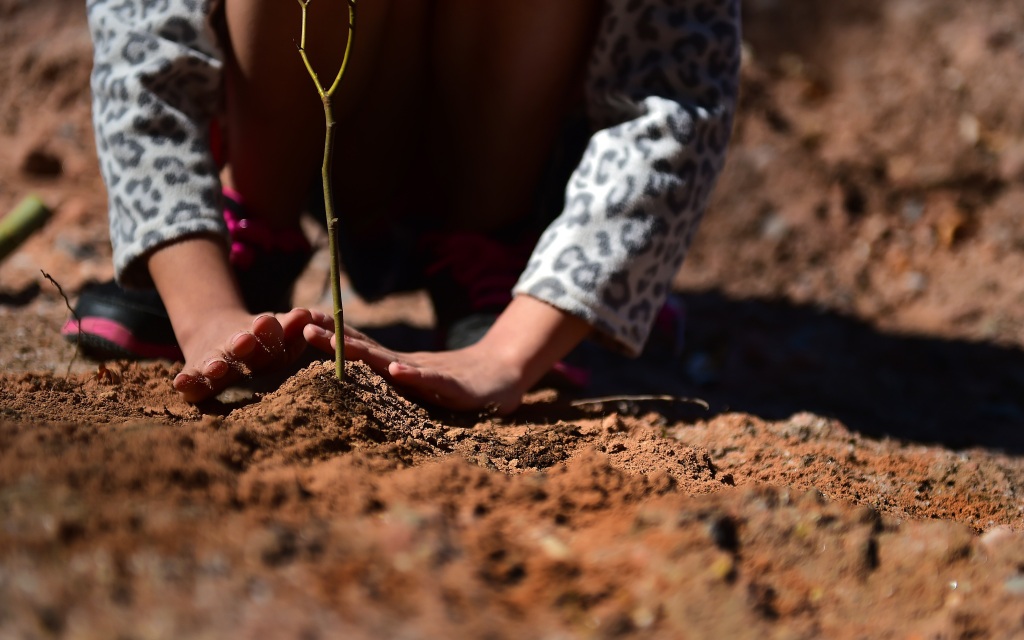In the fight against climate change, trees are among our strongest allies. Not only do they absorb carbon dioxide from the atmosphere, but they also cool our planet through a process called transpiration. This cooling effect has recently been studied in the Eastern United States, where researchers found that reforestation has significantly cooled the land surface and air temperature, providing a natural solution to the warming climate.
The study, led by Mallory L. Barnes from Indiana University, investigated the impact of reforestation on the climate of the Eastern United States (EUS) during the 20th century. The research team found that forests cool the land surface by 1–2°C annually compared to nearby grasslands and croplands, with the strongest cooling effect during midday in the growing season, when cooling is 2–5°C. Young forests (20–40 years) have the strongest cooling effect on surface temperature. This cooling effect also extends to the near-surface air, with forests reducing midday air temperature by up to 1°C compared to nearby non-forests.
The study’s findings have important implications for climate change mitigation and adaptation. Reforestation in temperate regions, such as the EUS, could provide a complementary set of benefits: mitigating climate change by removing carbon dioxide from the atmosphere, while also helping with adaptation to rising temperatures by cooling surface and air temperatures over large areas.
This research has received widespread attention, including an article by The Guardian, which described the study’s findings as a “stunning feat” in curtailing the soaring temperatures caused by the climate crisis. The recovery of forests in the Eastern United States has helped stall the effects of global heating through transpiration, in which water is drawn up through the roots to the leaves and then released into the air as vapor, slightly cooling the surrounding area.
As we continue to face the impacts of climate change, the importance of trees in mitigating and adapting to these changes cannot be overstated. The Friends of the Saskatoon Afforestation Areas are dedicated to preserving and restoring our forests, recognizing the critical role they play in protecting our planet. Through our efforts, we aim to contribute to a more sustainable and resilient future for all.
“Plant Trees, Save the World: The Ultimate Cooling Solution!”
References:
Barnes, M. L., Zhang, Q., Robeson, S. M., Young, L., Burakowski, E. A., Oishi, A. C., Stoy, P. C., Katul, G., & Novick, K. A. (2022). A Century of Reforestation Reduced Anthropogenic Warming in the Eastern United States. Geophysical Research Letters, 49(2), e2021GL097144. https://doi.org/10.1029/2021GL097144
Milman, O. (2024, February 20). Very cool: trees stalling effects of global heating in eastern US, study finds. The Guardian. https://www.theguardian.com/environment/2024/feb/20/trees-stalling-effects-of-global-heating-in-eastern-us-study-finds
“Forests: The Secret to a Cooler Climate!”





For directions as to how to drive to “George Genereux” Urban Regional Park
For directions on how to drive to Richard St. Barbe Baker Afforestation Area
For more information:
Blairmore Sector Plan Report; planning for the Richard St. Barbe Baker Afforestation Area, George Genereux Urban Regional Park and West Swale and areas around them inside of Saskatoon city limits
NEW P4G District Official Community Plan
Richard St. Barbe Baker Afforestation Area is located in Saskatoon, Saskatchewan, Canada north of Cedar Villa Road, within city limits, in the furthest south west area of the city. 52° 06′ 106° 45′
Addresses:
Part SE 23-36-6 – Afforestation Area – 241 Township Road 362-A
Part SE 23-36-6 – SW Off-Leash Recreation Area (Richard St. Barbe Baker Afforestation Area ) – 355 Township Road 362-A
S ½ 22-36-6 Richard St. Barbe Baker Afforestation Area (West of SW OLRA) – 467 Township Road 362-A
NE 21-36-6 “George Genereux” Afforestation Area – 133 Range Road 3063
Wikimapia Map: type in Richard St. Barbe Baker Afforestation Area
Google Maps South WFor more information:
Blairmore Sector Plan Report; planning for the Richard St. Barbe Baker Afforestation Area, George Genereux Urban Regional Park and West Swale and areas around them inside of Saskatoon city limits
NEW P4G District Official Community Plan
Richard St. Barbe Baker Afforestation Area is located in Saskatoon, Saskatchewan, Canada north of Cedar Villa Road, within city limits, in the furthest south west area of the city. 52° 06′ 106° 45′
Addresses:
Part SE 23-36-6 – Afforestation Area – 241 Township Road 362-A
Part SE 23-36-6 – SW Off-Leash Recreation Area (Richard St. Barbe Baker Afforestation Area ) – 355 Township Road 362-A
S ½ 22-36-6 Richard St. Barbe Baker Afforestation Area (West of SW OLRA) – 467 Township Road 362-A
NE 21-36-6 “George Genereux” Afforestation Area – 133 Range Road 3063
Wikimapia Map: type in Richard St. Barbe Baker Afforestation Area
Google Maps South West Off Leash area location pin at parking lot
Web page: https://stbarbebaker.wordpress.com
Where is the Richard St. Barbe Baker Afforestation Area? with map
Where is the George Genereux Urban Regional Park (Afforestation Area)?with map
Pinterest richardstbarbeb
Blogger: FriendsAfforestation
Tumblr friendsafforestation.tumblr.comFacebook Group Page: Users of the George Genereux Urban Regional Park
Facebook: StBarbeBaker Afforestation Area
Facebook for the non profit Charity Friends of the Saskatoon Afforestation Areas Inc. FriendsAreas
Facebook group page : Users of the St Barbe Baker Afforestation Area
Facebook: South West OLRA
Reddit: FriendsAfforestation
Twitter: St Barbe Baker Charity Twitter:FriendsAreas
Mix: friendsareas
YouTube
Please help protect / enhance your afforestation areas, please contact the Friends of the Saskatoon Afforestation Areas Inc. (e-mail / e-transfers )Support the afforestation areas with your donation or membership ($20.00/year). Please donate by paypal or by using e-transfers Please and thank you! Your donation and membership is greatly appreciated. Members e-mail your contact information to be kept up to date!
Donations can be made through Paypal, Canada Helps, Contact Donate A Car Canada, SARCAN Drop & Go 106100594 for the Friends of the Saskatoon Afforestation Areas Inc.
United Nations Decade on Ecosystem Restoration
Use the UN Decade’s Visual Identity
Make it your own
Spread the word about the UN Decade
Let’s Bring Back Forests
Let’s Green Our Cities
“Be like a tree in pursuit of your cause. Stand firm, grip hard, thrust upward. Bend to the winds of heaven..”
Richard St. Barbe Baker!For more information:
Blairmore Sector Plan Report; planning for the Richard St. Barbe Baker Afforestation Area, George Genereux Urban Regional Park and West Swale and areas around them inside of Saskatoon city limits
NEW P4G District Official Community Plan
Richard St. Barbe Baker Afforestation Area is located in Saskatoon, Saskatchewan, Canada north of Cedar Villa Road, within city limits, in the furthest south west area of the city. 52° 06′ 106° 45′
Addresses:
Part SE 23-36-6 – Afforestation Area – 241 Township Road 362-A
Part SE 23-36-6 – SW Off-Leash Recreation Area (Richard St. Barbe Baker Afforestation Area ) – 355 Township Road 362-A
S ½ 22-36-6 Richard St. Barbe Baker Afforestation Area (West of SW OLRA) – 467 Township Road 362-A
NE 21-36-6 “George Genereux” Afforestation Area – 133 Range Road 3063
Wikimapia Map: type in Richard St. Barbe Baker Afforestation Area
Google Maps This greenspace is located in the South West area of Saskatoon







































